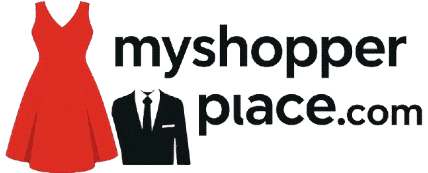When buying pants, most people focus on style and fit—but the fabric plays an equally important role. The right pant fabric decides how comfortable, durable, and stylish your pants will be. From formal trousers to casual jeans, every fabric has its own purpose.
Here’s a guide to the different types of pant fabrics and their uses.
1. Cotton Pants
Cotton is the most versatile and breathable fabric for pants.
Best for: Casual trousers, chinos, and summer pants.
Benefits: Soft, lightweight, and comfortable for daily wear.
Keywords: cotton trousers, chinos, breathable pant fabrics.
2. Denim Pants (Jeans)
Denim is a durable cotton twill fabric and the most popular choice for casual wear.
Best for: Everyday jeans, rugged outdoor wear.
Benefits: Long-lasting, stylish, and versatile.
Keywords: denim jeans, best fabric for jeans, casual pant fabrics.
3. Linen Pants
Linen pants are airy and perfect for hot weather.
Best for: Summer pants, beachwear, vacation outfits.
Benefits: Breathable, natural, and stylishly relaxed.
Keywords: linen pants, lightweight summer trousers.
4. Wool Pants
Wool fabric is warm and elegant, often used for formal trousers and suits.
Best for: Formal pants, office trousers, winter wear.
Benefits: Warm, wrinkle-resistant, and premium look.
Keywords: wool trousers, best fabric for formal pants.
5. Polyester & Blends
Polyester pants are wrinkle-free and easy to maintain, often mixed with cotton or viscose.
Best for: Office trousers, uniforms, travel pants.
Benefits: Durable, low-maintenance, quick-dry.
Keywords: polyester pants, wrinkle-free trousers.
6. Corduroy Pants
Corduroy has ribbed texture and is stylish for winter wear.
Best for: Casual pants, winter trousers.
Benefits: Warm, durable, and fashionable.
Keywords: corduroy trousers, vintage pant fabrics.
7. Khaki Pants
Khaki is a type of cotton twill, mostly in earthy tones.
Best for: Semi-formal pants, casual trousers.
Benefits: Durable, versatile, smart look.
Keywords: khaki pants, casual cotton trousers.
8. Viscose / Rayon Pants
Viscose (or Rayon) pants are lightweight and smooth, often used in relaxed fits.
Best for: Casual wear, summer trousers.
Benefits: Soft, breathable, drapes well.
Keywords: viscose trousers, rayon casual pants.
9. Stretch Pants (Spandex/Elastane Blends)
These pants include stretch fibers for flexibility and comfort.
Best for: Slim-fit trousers, jeggings, athletic pants.
Benefits: Comfortable, body-fit, easy movement.
Keywords: stretch trousers, spandex pants.
10. Velvet Pants
Velvet is a luxurious fabric with a soft sheen, often used for fashion-forward pants.
Best for: Party wear, evening trousers.
Benefits: Stylish, premium, and bold look.
Keywords: velvet pants, party wear trousers.
✅ Conclusion
Just like shirts, pants come in a variety of fabrics suited for different occasions:
Formal trousers: Wool, Polyester blends, Cotton twill.
Casual pants: Denim, Linen, Corduroy, Khaki.
Fashion/Party wear: Velvet, Stretch blends.
👉 By understanding these pant fabrics, you can choose the right trousers for comfort, durability, and style—whether it’s for office wear, weekend outings, or special events.
Pant Fabrics That Don’t Need Ironing
✅ Polyester & Blends – Wrinkle-free, perfect for office and travel.
✅ Denim (Jeans) – Holds shape, no ironing needed.
✅ Corduroy – Ribbed texture hides creases.
✅ Stretch Pants (Spandex/Elastane blends) – Flexible, doesn’t wrinkle much.
✅ Khaki (blended versions) – If mixed with polyester, requires little ironing.
❌ Cotton, Linen, Wool, Viscose, Velvet – Usually need ironing/steaming to look neat.
